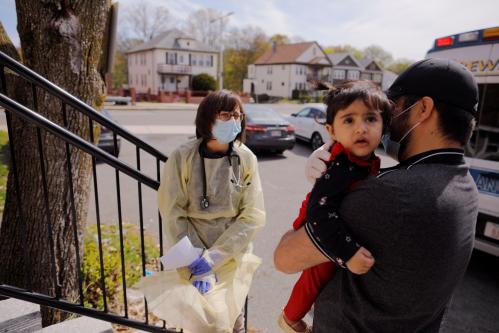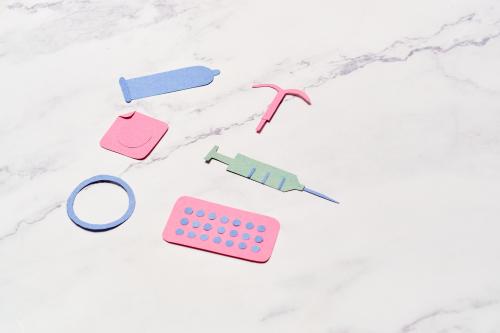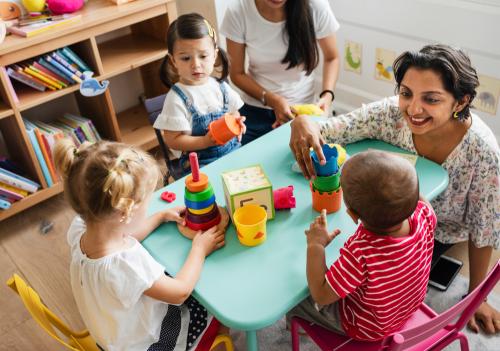The dramatic decline in teen pregnancy in recent years is a cause for celebration. The fall is largely thanks to the improved use of contraceptives, especially the increased use of the most effective methods. But it is too early to declare mission accomplished. Among sexually active women, those aged 15 to 19 still have the highest rates of unintended pregnancy. Rates are particularly high among minority and low-income women, many of whom still lack adequate access to family planning services.
Schools as contraceptive providers
One way to make further progress is to bring family planning services closer to teenagers—at their schools. School-based health centers (SBHCs) improve access to the resources and contraceptives needed—particularly those most at-risk for unintended pregnancy.
SBHC services range from comprehensive health assessments and treatment for chronic illnesses to nutrition counseling. According to the 2013-14 National Census of School-Based Health Centers, there are 2,315 SBHCs in every state but one (North Dakota), 20 percent more than in 2010-11 Census. SBHCs largely serve minority, low-income, and uninsured students. Three out of four Centers are at schools in which more than half of students are eligible for free or reduced-price lunch.
Although the main goal of the centers is the provision of primary care, most also offer some contraceptive services and family planning counseling. Unfortunately, many are restricted from delivering contraceptives on-site. In fact, half are formally prohibited from dispensing contraceptives due to policies established predominantly by local public entities such as school districts.
Even when birth control advice or methods are offered at SBHCs, they are often of the least effective kind. In fact, it seems that the most effective methods are the least likely to be available:
Only a tiny minority of SHBCs offer long-acting reversible contraceptives (also known as LARCs, which include IUDs and implants).
Barriers to expanding school-based family planning services
Barriers to offering contraceptive services, especially of the most effective kind, through SBHCs include lack of provider training, lack of finances, and community resistance. The politics of school-provided contraception are clearly delicate in many areas. But seven out of ten Americans support policies that make it easier for teens to get the full range of birth control methods (there is an ideological split, however: 86 percent of Democrats and 53 percent of Republicans). The American Congress of Obstetricians and Gynecologists recommends LARCs as “top-tier contraceptives” that are “safe and appropriate contraceptive methods for most women and adolescents” (our emphasis).
Some SBHCs are overcoming these barriers: Seattle-based Neighborcare Health improved providers’ training on LARC insertion and removal and implemented a targeted program to improve adolescents’ education on contraceptive services and reproductive health. Since 2009, more than 400 LARCs have been delivered across the health care provider’s various SBHCs. SBHCs account for small fraction of family planning services, but have the potential to reach one of the most at-risk groups: very disadvantaged, very young women. These centers offer a promising model for improving the ability of American adolescents to control their fertility, and with it, their future.





Commentary
“Mission accomplished” on teen pregnancy? Not yet. More school-based health centers could help.
November 3, 2016